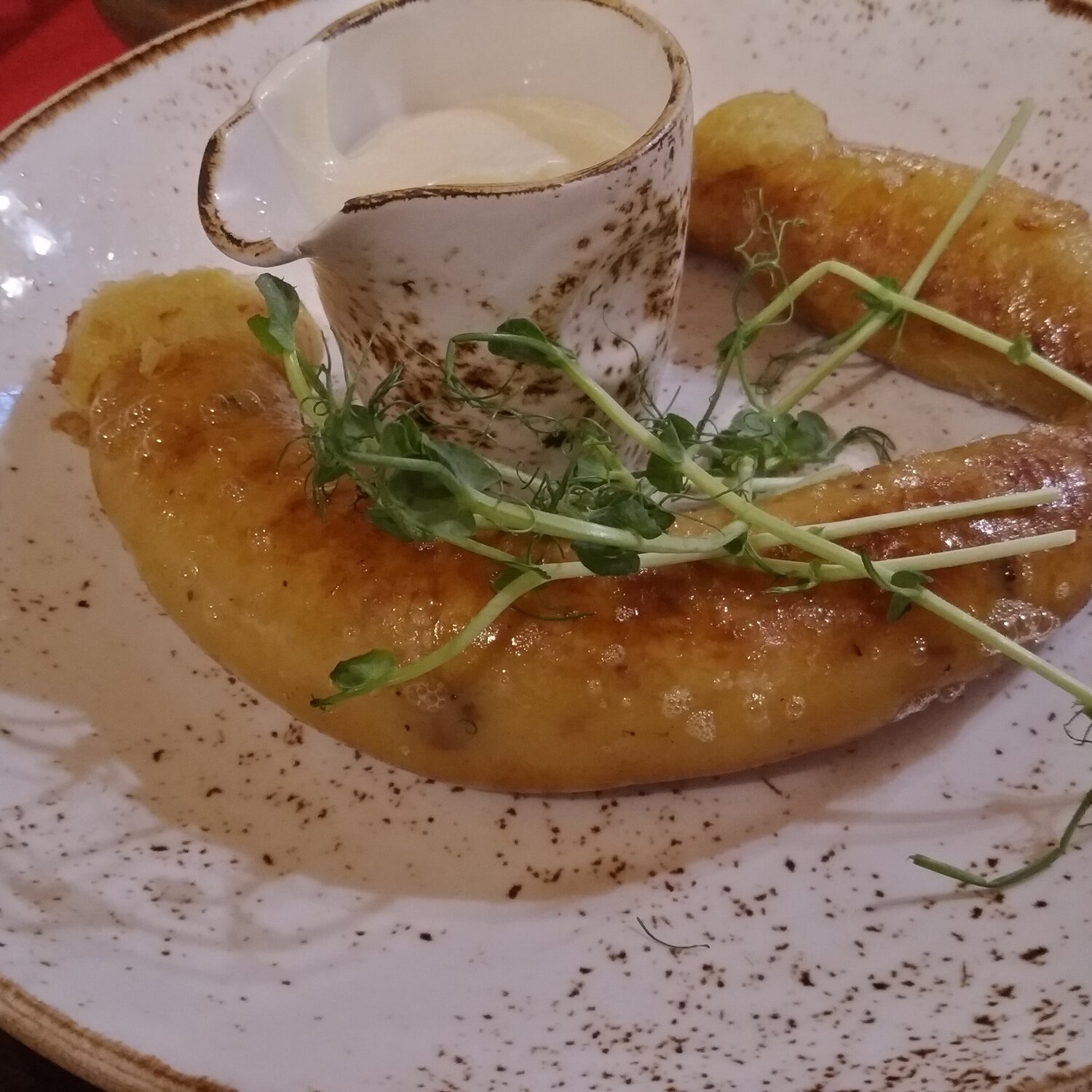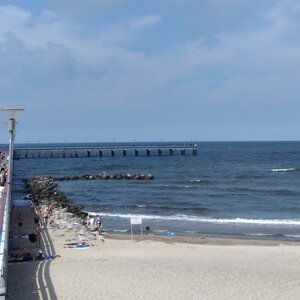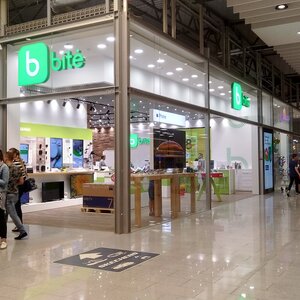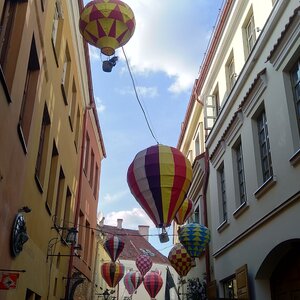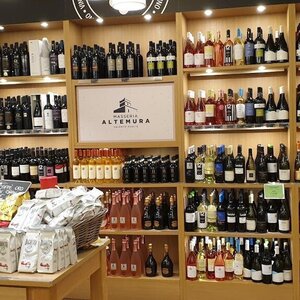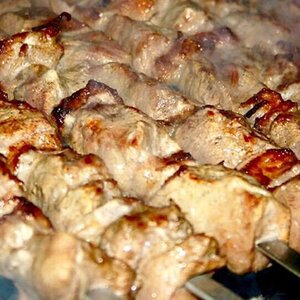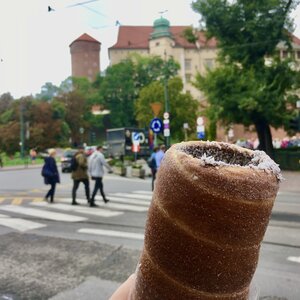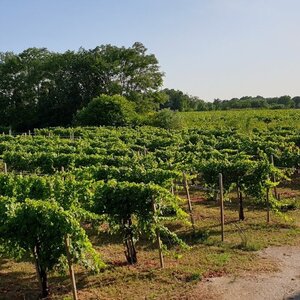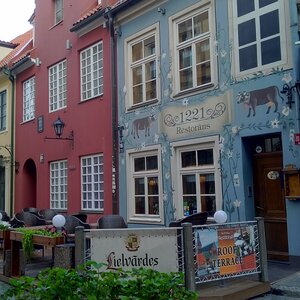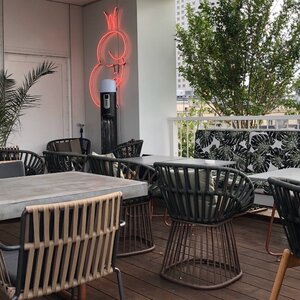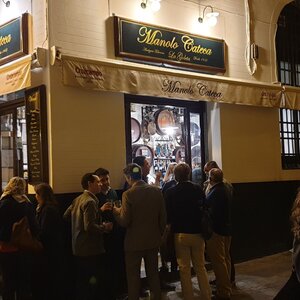Top list of Lithuanian national dishes
From 1569 to 1795, Lithuania was the Polish-Lithuanian Commonwealth, and the principality was ruled by rich noblemen. They favored gourmet dishes — stuffed game, bull or veal. This is Old Lithuanian cuisine.
Modern dishes belong to the New Lithuanian cuisine (late 18th century), which grew out of peasant traditions. The main thing in it is juiciness, richness and caloric content. The main ingredients are potatoes, pork, dairy products, flour (wheat or rye). Almost completely absent spices (only cumin or marjoram). The dishes are not spicy or savory.
Lithuanian soups
Popular among locals and my favorite soup is šaltibarščiai, a cold borscht based on kefir, beet and fresh cucumbers (grated). Two halves of boiled egg are added to the soup and green onions are sprinkled on top. In a separate plate serve boiled potatoes sprinkled with dill. It is tasty and hearty.
I have tried beet soup on kefir in Latvia and Belarus. In Lithuania, I think it is the most delicious. I recommend starting your acquaintance with Lithuanian cuisine with saltibarsčiai. A portion costs within 1.5—3 €.
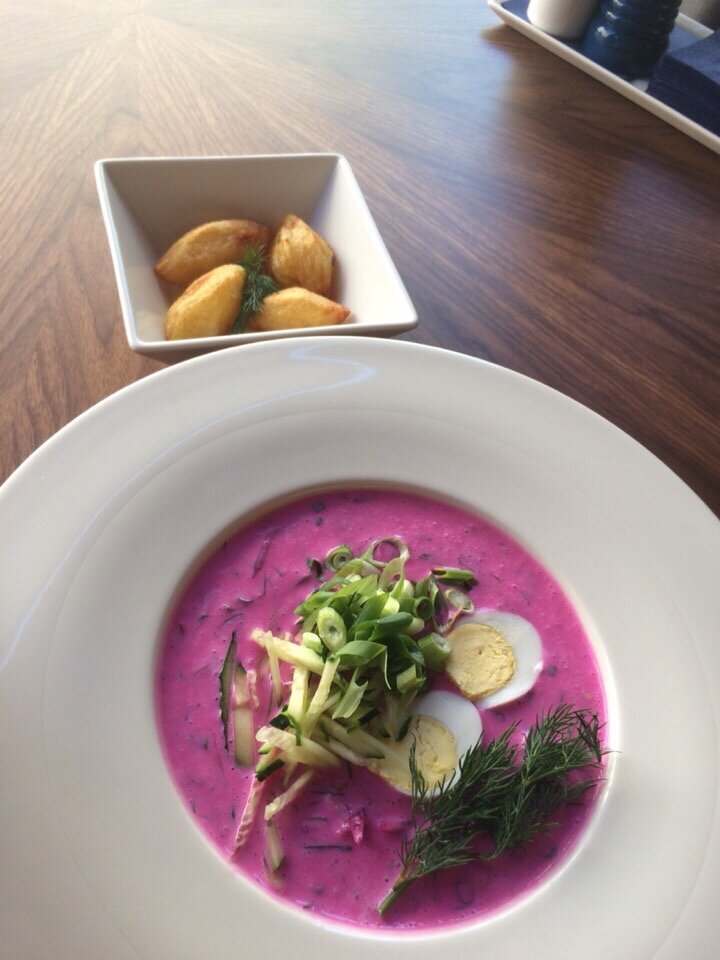
Traditional New Lithuanian cuisine is not rich in soups. For example, the most authentic restaurant in Lithuania, Etno Dvaras, has only four items.
Traditional soups in Lithuania:
- burokėlių — be et soup with sour cream;
- raugintų kopūstų sriuba — cabbage soup with meat;
- miško grybų tirštasriubė — mushroom soup in bread.
The Internet often refers to Lithuanian cuisine as sweet soups based on grated black bread with dried fruits. In fact, this traditional dish belongs to Latvian cuisine. There is a colossal difference between Latvian and Lithuanian cuisine. But you won’t get them mixed up now.
Hot Lithuanian dishes
The leader of hot dishes in Lithuanian cuisine is cepelinai — potato cakes with meat filling. The first name of this dish is didžkukuliai — «big dumpling». The second name comes from the shape, which resembles the famous airship.
In Lithuania, zeppelins are sold everywhere: in cafes, pizzerias, pizzerias, cheburenikas and stores. One serving contains two large zrazas with sour cream and scallions. There is a traditional recipe, but in any cafe there are many more variants — author’s and modern ones. For example, in the Etno Dvaras café there are 14 kinds of zeppelins.
In Lithuania, both zeppelins and dijkukuliai are prepared. Zeppelins are made from a mixture of boiled and raw potatoes, dijkukuliai only from boiled potatoes. There is almost no difference in taste.
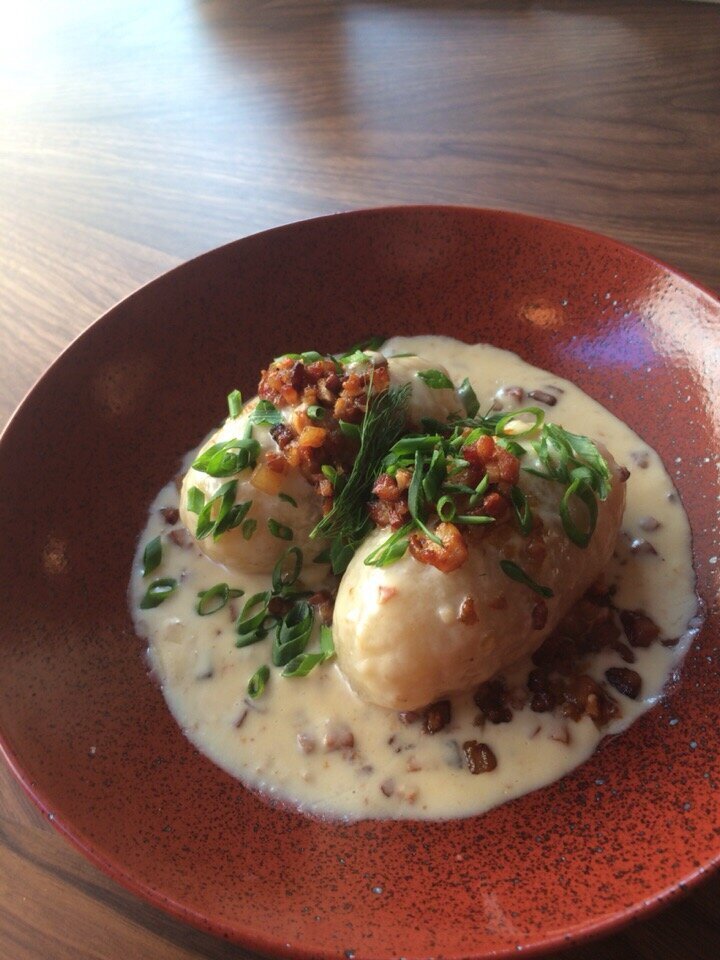
What else I recommend trying from Lithuanian cuisine:
- Vederei is a sausage made of potatoes with scallions wrapped in intestines;
- Kugelis — potato casserole with scallions, eggs and onions;
- zhemaychu — pancakes made of grated potatoes with meat filling.
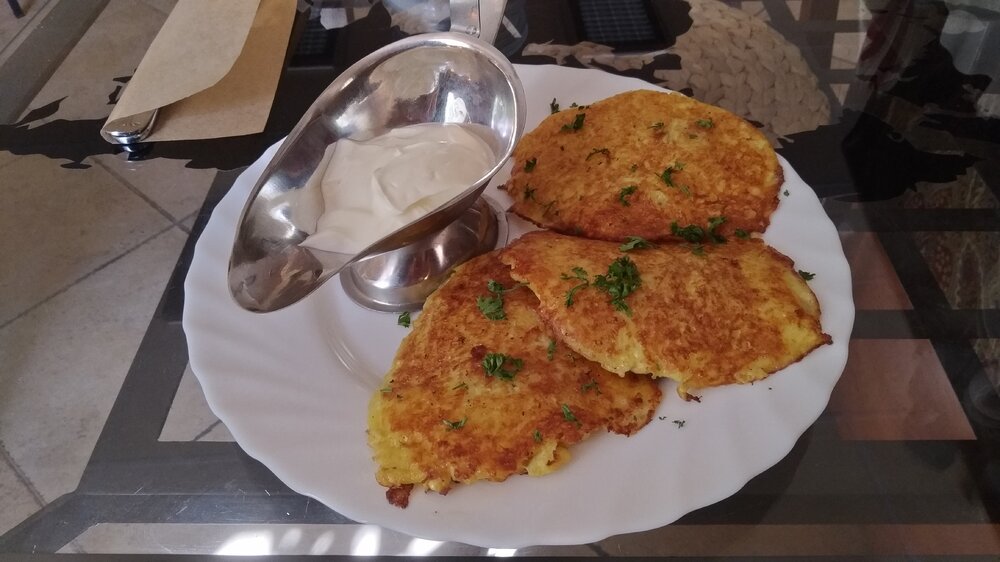
Lithuanian cuisine has its own version of dumplings called koldunai. They are almost no different from the dumplings we are used to — unleavened dough and lots of filling. It is a popular dish among locals, and they are prepared both at home and in restaurants. You can find up to 20 types of koldunai with different fillings on the menu of establishments.
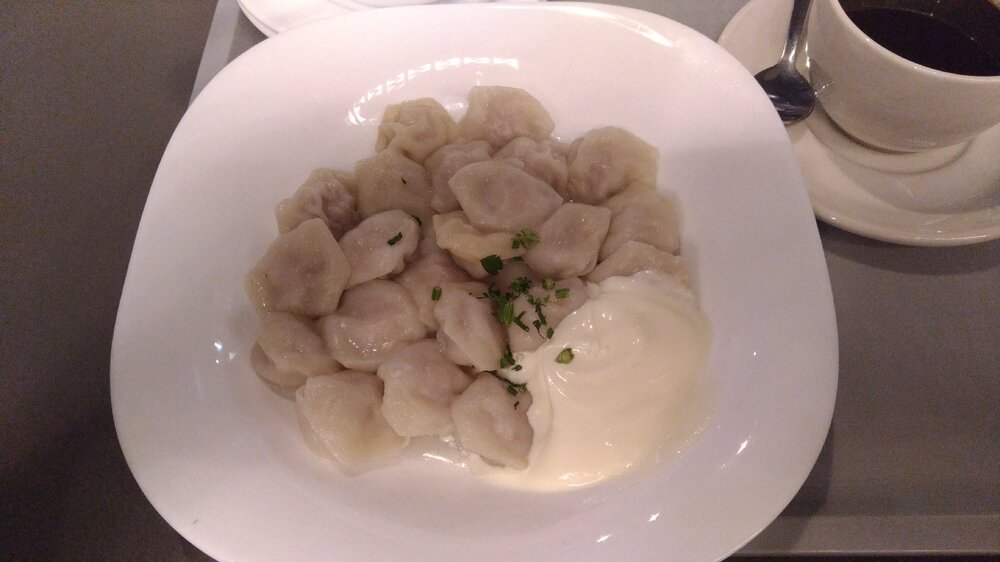
Lithuanian appetizers
Lithuanian cuisine has two appetizer options, and both of them are for beer. This is a bit surprising, because beer is not the most iconic drink in Lithuania. It is served with smoked pigs' ears — whole and finely chopped — or rye bread croutons sprinkled with cheese. You can buy snacks at the store, and they are also served with the beer in the establishments.
Lithuanian desserts
One of the most popular and hearty desserts in Lithuania is kibinai: pies made of thin dough with various fillings. The recipe belongs to the Karaites, an ethnic group living in Lithuania. They are rarely sold in Vilnius, but in Trakai they are sold everywhere.
The first crescent-shaped pies were traditionally made of mutton or beef. Lithuanians liked the idea, and the filling became more varied. In stores and cafes you can find kibinai with meat, spinach and cheese, fruit, berries.
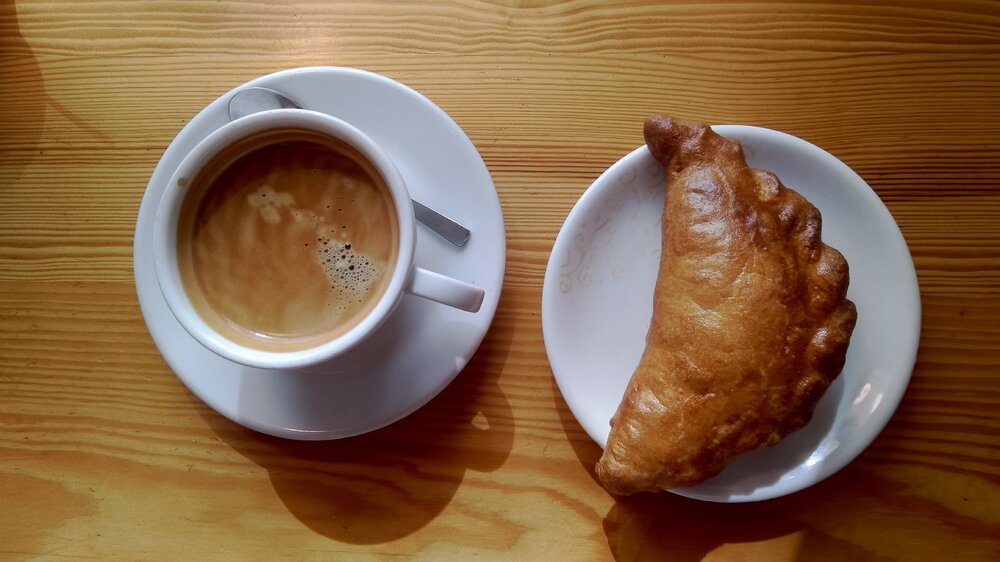
The calling card of Lithuanian cuisine is šakotis — a cake made of flour, sugar and a large number of eggs (30 eggs per 1 kg of flour). The recipe is more than 500 years old. It was invented in the times of the Polish-Lithuanian Commonwealth.
The dessert is cooked on a wooden spit. The spit is poured over the dough, some of which drips off to form a herringbone. The Czech trdelnik or German baumkuchen are prepared according to the same principle. Shakotis used to be made for weddings, but now you can find it in the store and take it home as a souvenir. What else to bring from Lithuania.
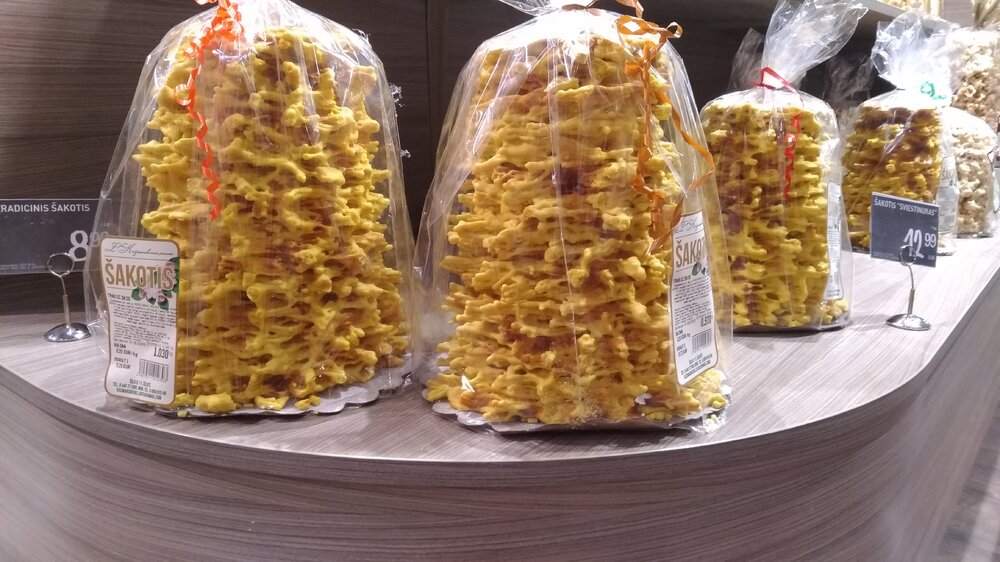
Alcohol
Lithuanian beer traditions are widely developed, although it is difficult to compare local beer with Czech and Polish beer — the traditions are different. For production they use their own yeast varieties. The yeast is not filtered and the beer is not pasteurized.
There are several craft breweries and large beer factories in the country. Locals recommend starting your acquaintance with the tried and tested Utenos, Švyturys, Kalnapilis. Production is not large-scale, and Lithuanians are proud of the quality of their beer brands.
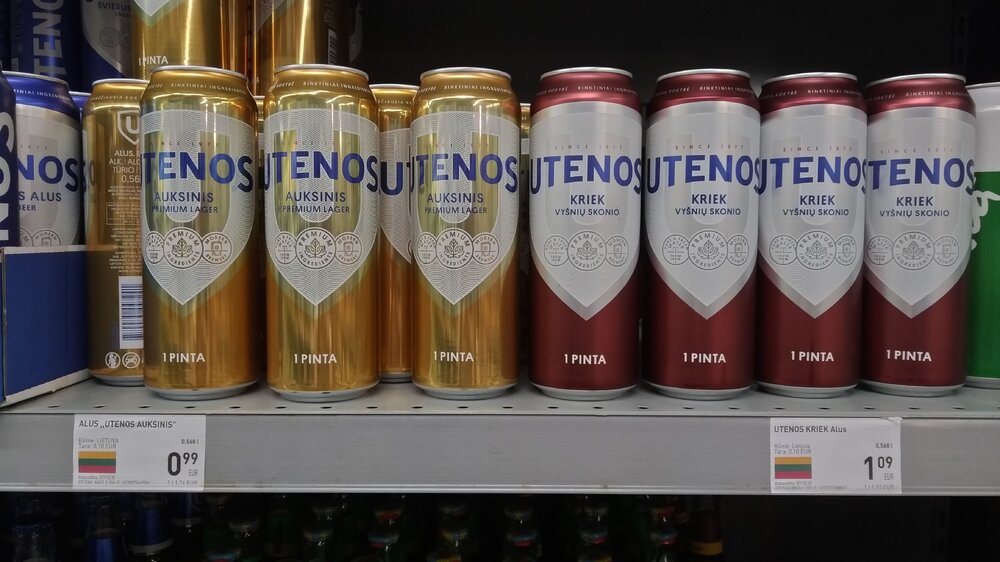
The famous Lithuanian drink is the «healing» alcoholic tincture «999». The first mention of it appeared at the beginning of the XIV century. At first it was really therapeutic: the recipe included 27 herbs: 9 roots, 9 herbs and 9 berries. Later, alcohol was added.
Now the «999» drink is produced by the Lithuanian company Stumbras. Midaus nektaras and Krupnikas honey liqueurs, Malūnininkų balsam and Starka vodka are produced by the same company.
There are five versions of «999»:
- Ginger is a tincture based on ginger, lemon, leaves and 27 plants. Drink it chilled or add it to tea.
- Citrus — a combination of orange, lemon, spices and 27 herbs create an exotic flavor. Suitable for cocktails.
- Spicy is a complex blend of spices including black and white pepper, anise, angelica, nutmeg and cardamom. It is served in shots.
- Sweet — contains anise, vanilla, raisins, cinnamon, lemon and orange zest. Popular with iced green tea.
- Sea buckthorn is a sea buckthorn sour-sweet drink. Drink with hot black tea.
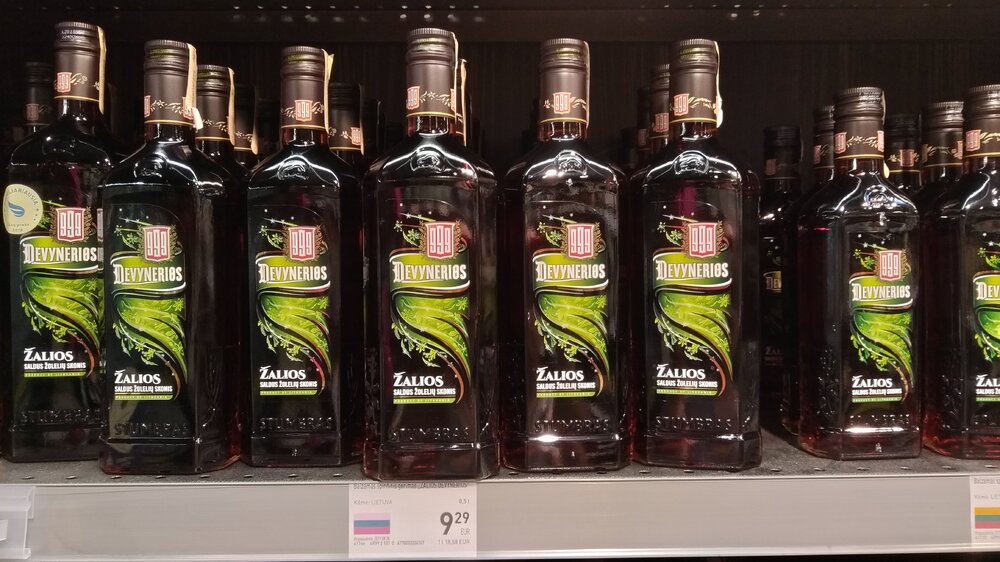
Where to try Lithuanian cuisine in Vilnius?
Traditional Lithuanian cuisine is popular among tourists and locals. Lithuanians eat breakfast and lunch in cafes, buy zeppelins, šaltiborsčiai, Žemajča in iki or Maxima stores. I will share with you the tried and tested places that were recommended to me by locals and where I like to go every time. When walking around Vilnius, check them out.
Etno Dvaras
When I first came to Vilnius 15 years ago, Etno Dvaras was recommended to me by locals. It is a restaurant that serves the most authentic Lithuanian cuisine. The main attraction is the 14 types of zeppelins. The vederei here are especially delicious.
There are Etno Dvaras in Vilnius, Kaunas, Panevėžys, Klaipėda and Druskininkai. I recommend in Vilnius to visit the restaurant on Pilies g. 16. There is always a big flow of people here, but the service is fast.
- Open: 11:00 to 0:00.
- The website with the menu is only in Lithuanian.
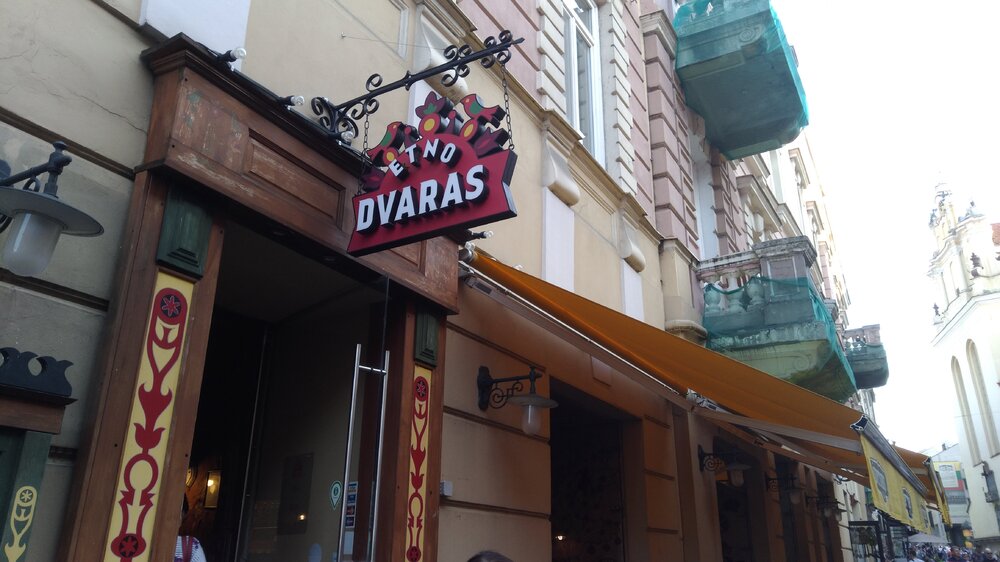
Amatininkų užeiga
Amatininku Uzheiga restaurant offers traditional Lithuanian cuisine and author’s dishes from the chef. Large portions of zeppelins, juicy and hot Žemajču and vederai. While the order is being prepared, waiters bring a bread plate with assorted breads. Located in the very center of Vilnius, on Town Hall Square.
The advantage of the restaurant is its opening hours until late at night, which is rare in Vilnius. Usually establishments close at 20—22 hours.
- Open Mon-Fri, Sun — 11:00—3:00, Fri, Sat — 11:00—5:00.
- Site with menu and prices in Russian.
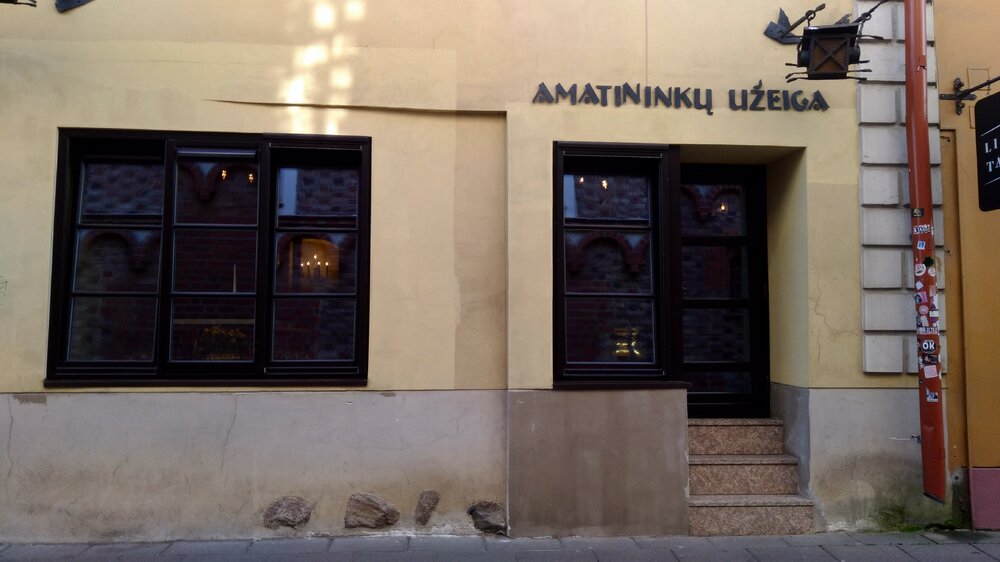
Kavinė Čeburėkinė
Lithuanian traditional dishes are tasty, inexpensive and not far from the station at the Cheburena. The menu includes zeppelins, shaltiborsčiai, žemajču, koldunai, pancakes, chebureks with meat, vegetable and cheese stuffing. The size of the chebureks is particularly impressive. This is a simple place without frills, so the prices are democratic.
- Open: 9:00 a.m. to 8:00 p.m.
- A site with a menu.
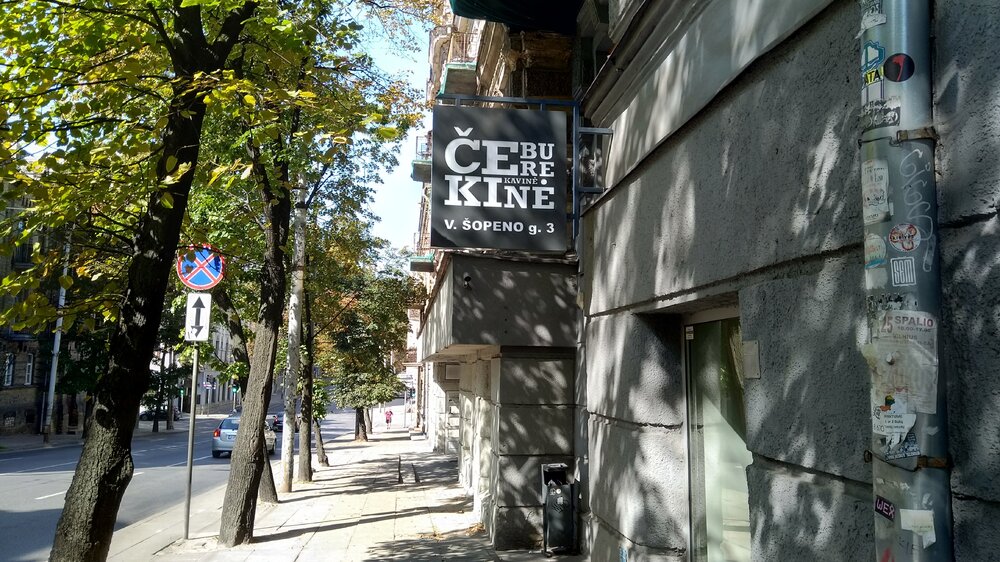
My ranking of non-basic souvenirs: What to bring from Vilnius

